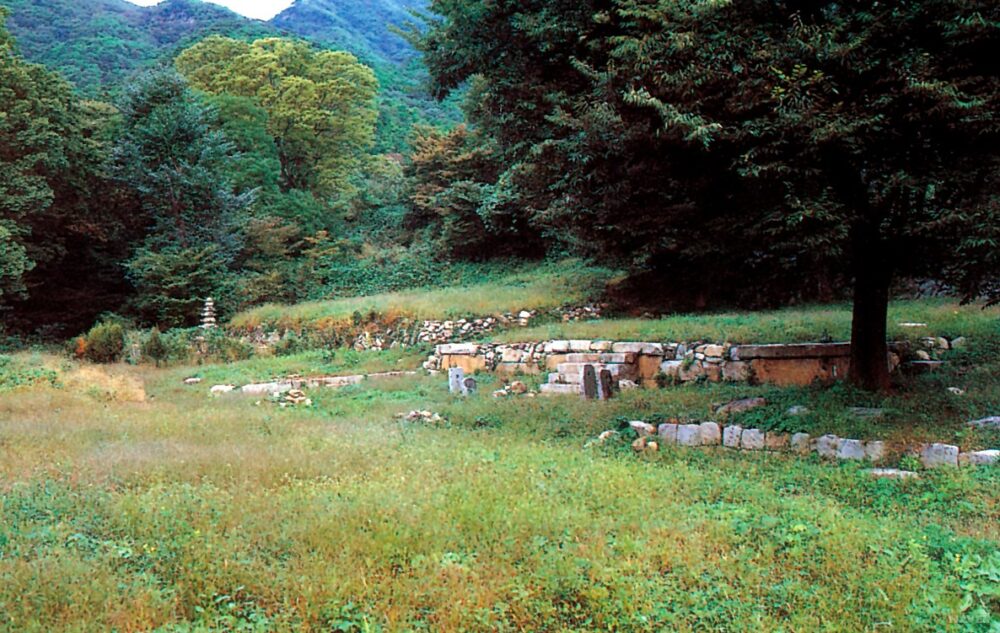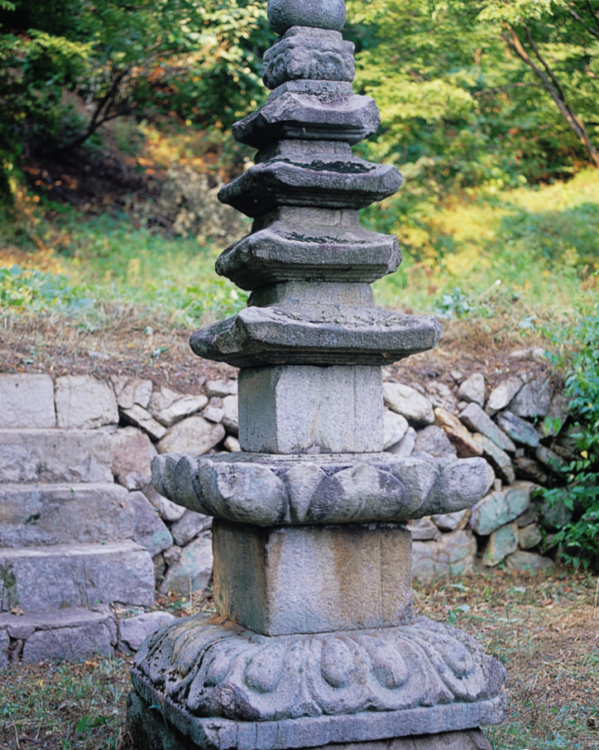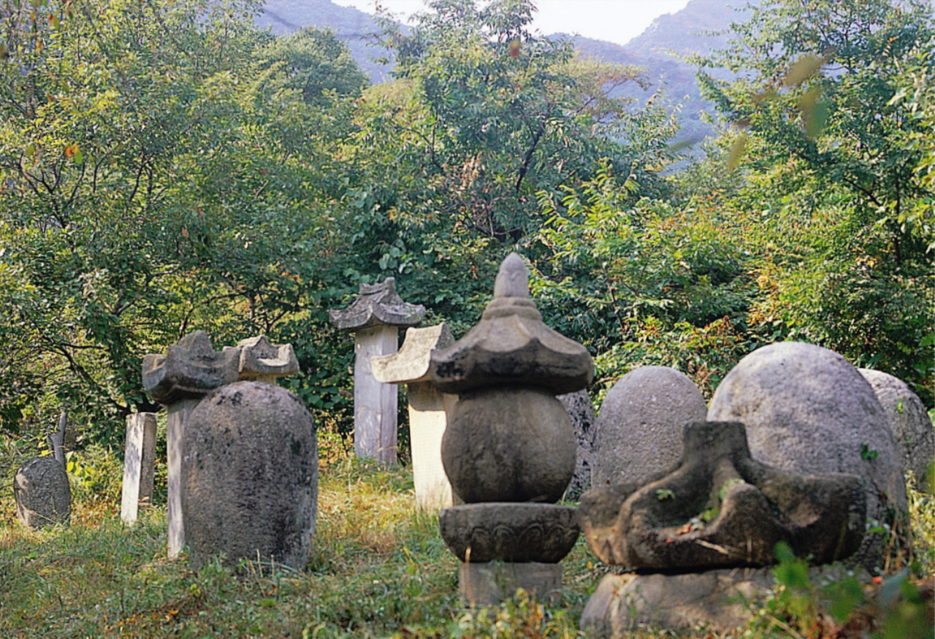Paeyopsa-ji Temple Site – 패엽사지 (Sincheon, Hwanghaenam-to, North Korea)
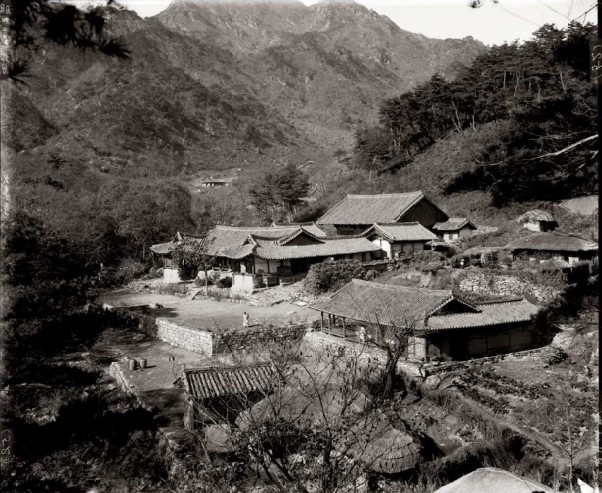
Temple History
Paeyopsa-ji Temple Site [Paeyeopsa-ji Temple Site] is located in Sinchon [Sincheon], Hwanghaenam-to, North Korea on Mt. Kuwolsan (954 m). And for the rest of this article, it should be noted, that the spelling of North Korean places will use the North Korean style of spelling. As for Mt. Kuwolsan, it gets its name from the ninth month of the lunar calendar, which is when the mountain is considered to be at its most beautiful. The area is especially popular with North Korean travelers during the summer months. Additionally, Mt. Kuwolsan [Mt. Guwolsan] is famous for its relation to Dangun, who was the legendary founder of Korea. According to legend, Dangun entered the mountain in his later years and became a Sanshin (Mountain Spirit) on Mt. Kuwolsan [Mt. Guwolsan].
As for the temple itself, there are two theories as to when it was first constructed. The first theory states that Paeyopsa Temple [Paeyeopsa Temple] was built by the monk Beopsim during the middle of the Silla Dynasty (57 B.C. – 935 A.D.). And the second theory about the founding of the temple states that Paeyopsa Temple [Paeyeopsa Temple] was founded by the monk Gueop-daesa, who was a high ranking monk during the reign of King Aejang of Silla (r. 800-809 A.D.). Initially, the temple was known as Kuopsa Temple [Gueopsa Temple], after the monk that purportedly first established Paeyopsa Temple [Paeyeopsa Temple].
As for the current name of the temple, a “paeyeop” is the short form for “paedarayeop,” which refers to a pattra leaf. Historically, Buddhist scriptures were carved on pattra leaves by pens made of iron or bamboo. An unknown Silla monk returned to the Korean peninsula from the west [China], and he returned with a “paeyeop-gyeong” (a pattra leaf sutra). This monk kept this sutra at the temple, so the temple changed its name to Paeyopsa Temple [Paeyeopsa Temple].
During the early 1400’s, and at the start of the Joseon Dynasty (1392-1910), Paeyopsa Temple [Paeyeopsa Temple] was destroyed by a fire. Later, the temple would be restored. During Japanese Colonization (1910-1945), Paeyopsa Temple [Paeyeopsa Temple] was a headquarter that oversaw the administration of some thirty-four other temples in the area. And up until the Korean War (1950-1953), Paeyopsa Temple [Paeyeopsa Temple] had a handful of temple structures that included the Chilseong-gak Hall, the Cheongpung-ru Pavilion, the Hansanbo-jeon Hall, a budowon, and a five-story stone pagoda. However, outside the historic stone pagoda and the budowon, the rest of the temple grounds were destroyed during the Korean War.
Lastly, Paeyopsa Temple [Paeyeopsa Temple] is North Korean National Treasure #171.
Temple Site Layout
As was previously mentioned, Paeyopsa Temple [Paeyeopsa Temple] was once a sprawling temple with numerous temple shrine halls on its temple grounds. Even as recently as just before the Korean War, there were a handful of temple shrine halls. Now, however, only the stone monuments still exist on the temple site grounds.
As you first approach the temple site, and where there once stood the entry gate, all that remains now are the foundation stones and a large tree. To the left of the collection of foundation stones is the historic five-story stone pagoda. And to the rear of the temple grounds, you’ll find the budowon that houses a collection of stupas to monks that once called Paeyopsa Temple [Paeyeopsa Temple] home.
How To Get There
For now, in today’s political climate, you don’t. But hopefully one day soon we can. Below is a map of where to find Paeyopsa-ji Temple Site [Paeyeopsa-ji Temple Site] in Sinchon [Sincheon], Hwanghaenam-to, North Korea.
Overall Rating: 3/10
Sadly, very little is left at the Paeyopsa-ji Temple Site [Paeyeopsa-ji Temple Site]. And for this reason, with it now only having a collection of stupas and the historic stone pagoda, the temple site rates as low as it does. However, with a little imagination, you can dream of what Paeyopsa Temple [Paeyeopsa Temple] must have once looked like. And hopefully one day soon visitors can explore this historic religious site.
Historical Pictures of Paeyopsa Temple
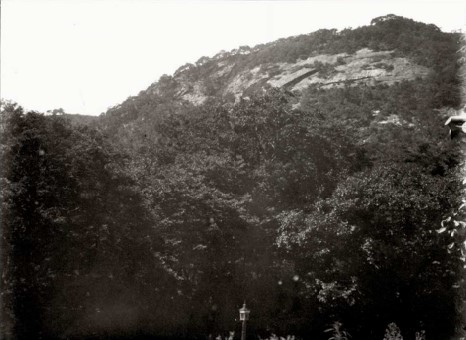
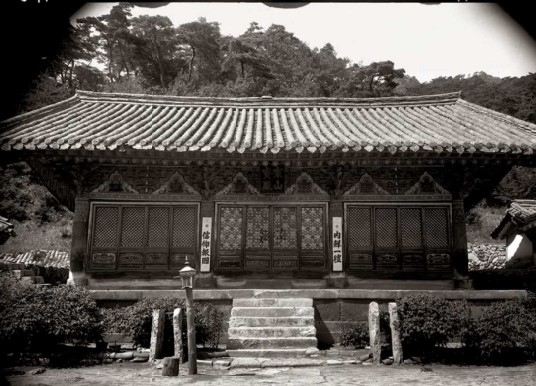
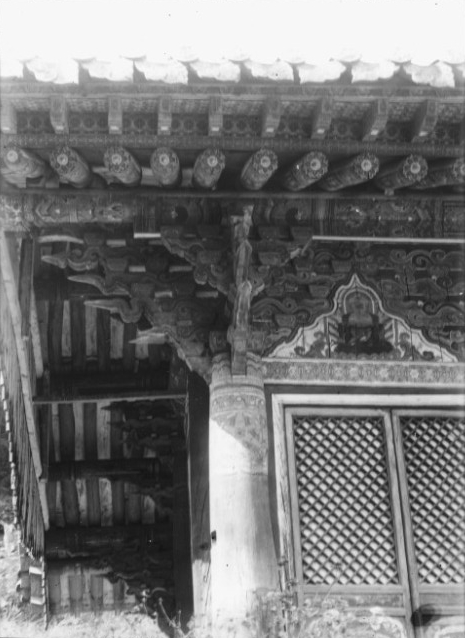
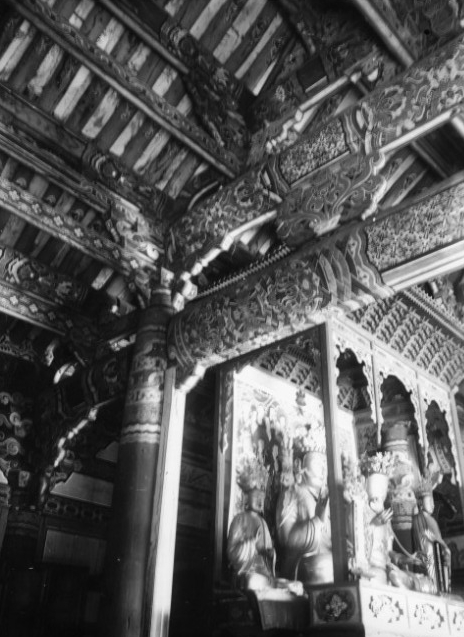
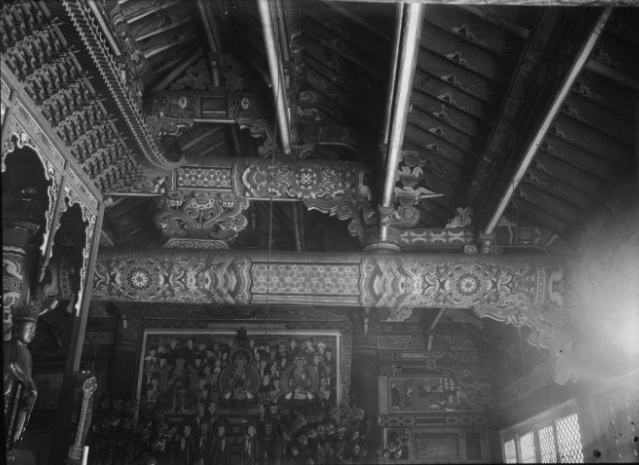
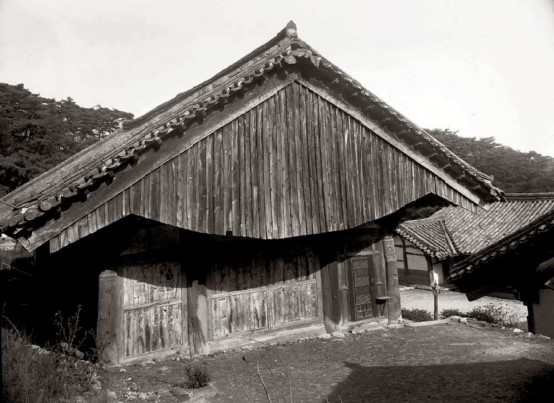
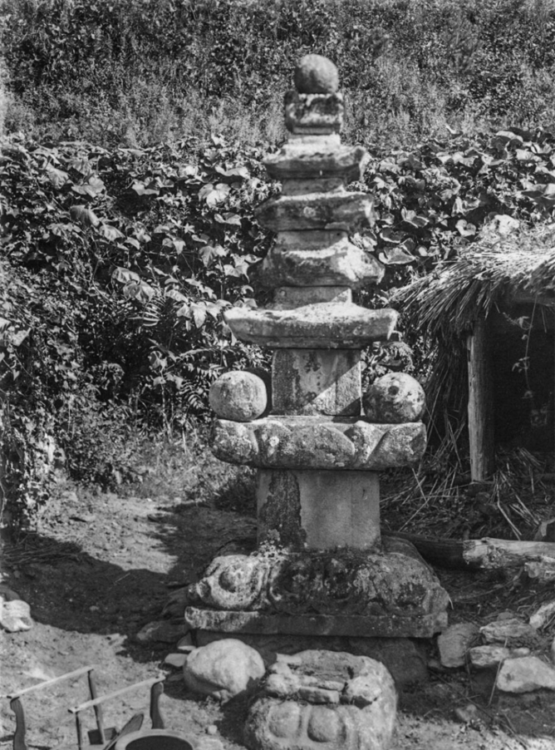
Paeyeopsa Temple Site Now
